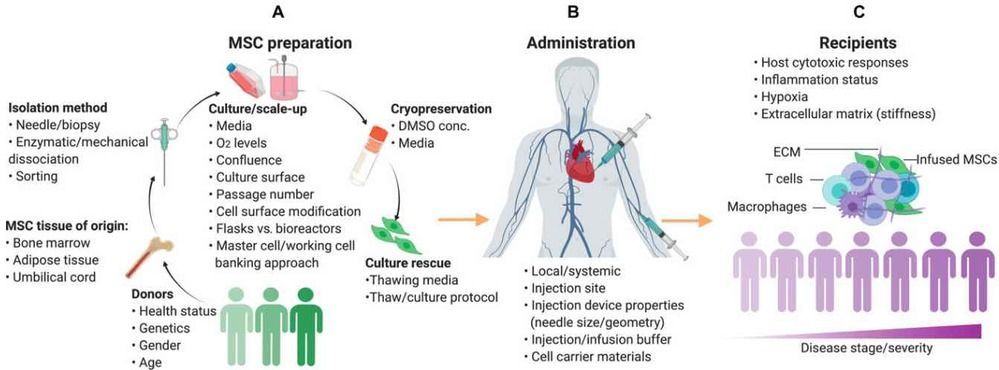Posthuman Buddhism isn’t restricted to human-era schools or traditions, These (previously unpublished) tsakli are from all Vajrapani schools. Unlike Eastern cultures, in the West we do not require a “Guru” and tsakli can be used for “self-initiation”. Unlike religions that make truth claims for supernatural beings or impossible events, Buddhism sees any deities (peaceful or wrathful) as self-originating. The future surely lies with psychomorphological approaches that are amenable to — and not contradictory — to science.
This new book, 4 in the series, contains fourteen rare and unusual C17th or C18th “Grande Tsaklis”, another four late C18th examples reportedly originating from Tsurphu monastry, plus two extremely large tsakli (giants in tsakli terms) one depicting a wind horse whilst the other shows a figure in historically early clothes with butterlamp, male and female deer and an elephant, C16th to C18th. All fronts and reverse (texts) of tsakli are shown.
These 13 plus (1 from different series of the grandes tsakli) detail rituals to be performed at certain times of the year that promote longevity and ward off evil influences. Astrological and various motifs and ritual implements are shown in the compartments, and crucial text is in the triangles. Some have damage (below missing top part of red border). All 20 are rare.
The four Tsurphu monastery originating long or grand tsakli are also compartmentalized but of a different style, and are perhaps 100 years younger, late C18th, imo. They have intricate feathered text patterns on reverse (see below). These text (eagle) wings of the Garuda bird-headed deity reflect paintings of Garudu whhich feature in top sections of all fronts. These four grand tsakli are quite dark in normal light (one with slight burn mark on reverse) and so I have digitally enhanced the brightness (mostly I don’t much digitally enhance the tsakli images).







